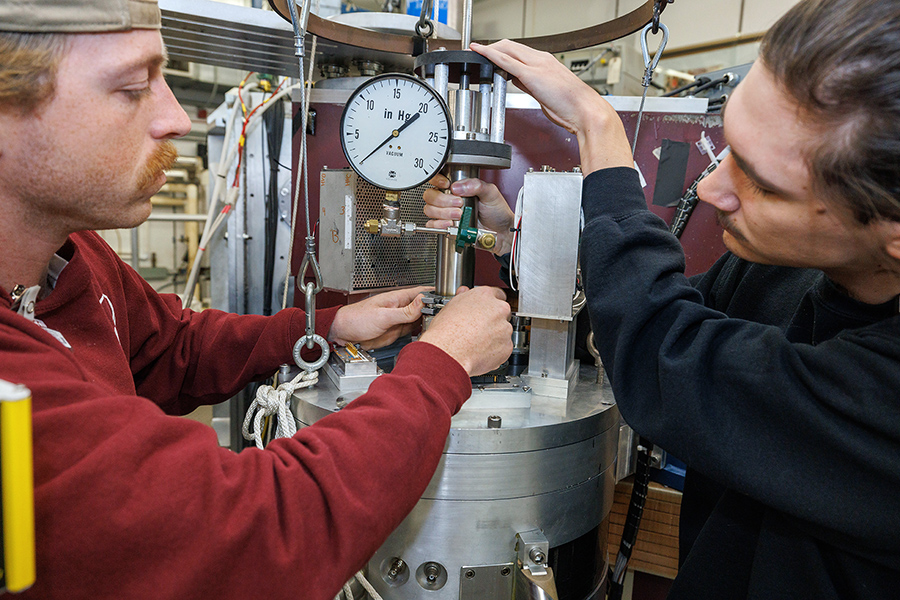The second edition “Mayo Clinic on Alzheimer’s Disease and Other Dementias: A Guide For People with Dementia and Those Who Care for Them” answers these questions and more. A follow-up to the 2013 edition, this 414-page paperback expands on young-onset Alzheimer’s disease and other types of dementias, and offers more guidance for care partners.
“While researchers are still working on new therapies for Alzheimer’s disease and other dementias, significant progress has been made in our ability to diagnose dementia and detect Alzheimer’s disease changes even before symptoms start,” says Jonathan Graff-Radford, M.D., a behavioral neurologist at Mayo Clinic and co-editor. “Additionally, researchers now have a better understanding of which lifestyles are associated with healthy brain aging. This book covers these important topics for people with dementia and their friends and families.”
Alzheimer’s disease is the most common cause of dementia — a continuous decline in thinking, behavioral and social skills that disrupts a person’s ability to function independently. More than 5 million Americans have Alzheimer’s disease. As the population ages, the Alzheimer’s Association projects this number to rise to nearly 14 million by 2050.
When people receive a diagnosis of Alzheimer’s disease or another form of dementia — such as Lewy body dementia or frontotemporal degeneration — it can cause fear and anxiety for them and their loved ones. This new book, written for the general public, empowers readers with clear, factual information about how the brain works, diagnosis, treatment and research. Interspersed with personal stories of people living with dementia and their care partners, the book outlines disease-related changes that may be physical, mental or emotional, and how to handle them.
“This book was inspired by the real experts — those living with dementia and their care partners,” says Angela Lunde, co-editor and co-investigator in the Mayo Clinic Alzheimer’s Disease Research Center. “They have taught us that dementia is not just about decline and loss. There are ways to move forward, on a new path toward well-being and hope.”
Concern for brain health is a lifelong process, the editors note. Research shows everyone can take these steps at any age to reduce the risk of dementia and optimize brain health:
- Stay physically active.
- Follow a Mediterranean diet and maintain a healthy weight.
- Get quality sleep.
- Manage high blood pressure and diabetes.
- Stay socially connected.
- Learn new skills throughout life.
“Mayo Clinic on Alzheimer’s Disease and Other Dementias” is under the imprint Mayo Clinic Press. It is available in retail outlets nationwide and online at https://mayocl.in/33FEs3X. Proceeds from the book will support medical education and research at Mayo Clinic.
###
About Mayo Clinic
Mayo Clinic is a nonprofit organization committed to innovation in clinical practice, education and research, and providing compassion, expertise and answers to everyone who needs healing. Visit the Mayo Clinic News Network for additional Mayo Clinic news and Mayo Clinic Facts for more information about Mayo.


